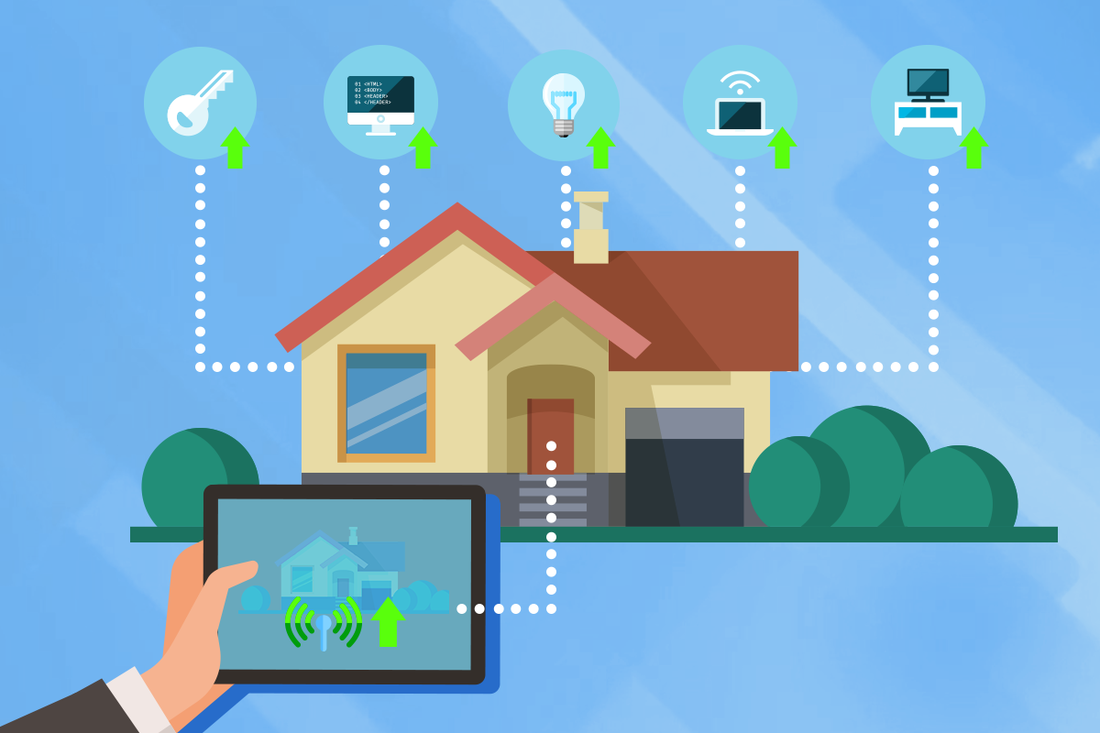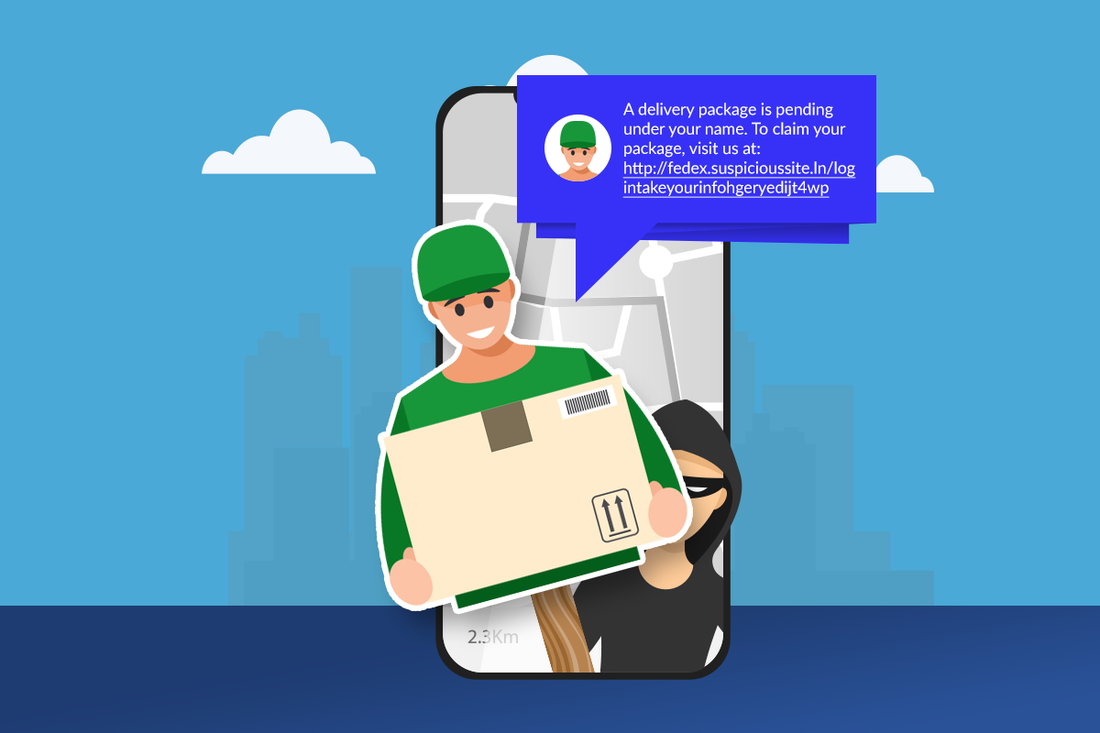Beyond computers, smartphones, and tablets, there are many different types of connected devices in the home:
- Voice-activated personal assistants tell the news and weather, and play Mad Libs or Name that Tune with your kids.
- SmartTVs come with the software already installed to stream Netflix or Disney+.
- Doorbells with integrated cameras let you see on your phone who’s at the door.
- Air conditioners, heaters, and light bulbs are now smart so you can come home to pre-set conditions.
- Refrigerators keep track of what’s consumed and add to your online grocery list.
And that’s only a sampling! Homeowners don’t have to be tech-savvy to start outfitting their smart home, yet adding all these connections could mean it’s time for a home network upgrade.
At a certain point, your router may not be enough to handle all the traffic. Your internet service provider may have provided you with its most basic router back when you signed up for your plan. You weren’t thinking of quantity of devices back then and simply wanted the best deal, but now you’re frustrated by performance and connectivity issues.
Don’t Settle for a Disappointing Network
A decade ago, having four to eight devices to connect at one time was a lot. Now, we’re looking at five to ten times that. Yet your bandwidth can handle only so much at one time. For many IoT devices, that’s not an issue, as they’re often designed to use as little bandwidth as possible. Yet the volume of devices adds up. Plus, as you’re not the only one in the neighborhood going online, you could be competing for a congested Wi-Fi service.
Or you might be stumped by Wi-Fi that can’t reach all the devices you want to connect in your home. You could try moving the router. If that isn’t enough, you could add more antennas or use a mesh wireless network to extend the range of your network.
Also consider whether you should be using a 5 GHz-capable wireless or 2.4 GHz. The 5 GHz frequency is newer, faster, and less congested but has a shorter range, which means its signal cannot penetrate solid objects.
Internet speed is another element worth examining. If you increase the speed, you’ll be better able to handle many streaming devices at once.
On the router, you can also check if you can adjust the Quality of Service (QoS). This would let you go in and change the priority of certain devices or connections. Think of it like being able to choose to go in the fast lane on the highway. You could set the router up to let Zoom or Skype calls have priority over Netflix.
While thinking about upgrading your router, this is also a good time to consider one that provides a virtual private network (VPN) server. If you’re working both from the office and from home, you could benefit from being able to securely connect back to your home network while in the office.
Get Smart about Network Upgrades
With so many devices to connect now, you’ll face a number of considerations when updating your network. If you need help upgrading, we can help. Contact us now at (888) 234-WDIT(9348).



 RSS Feed
RSS Feed
